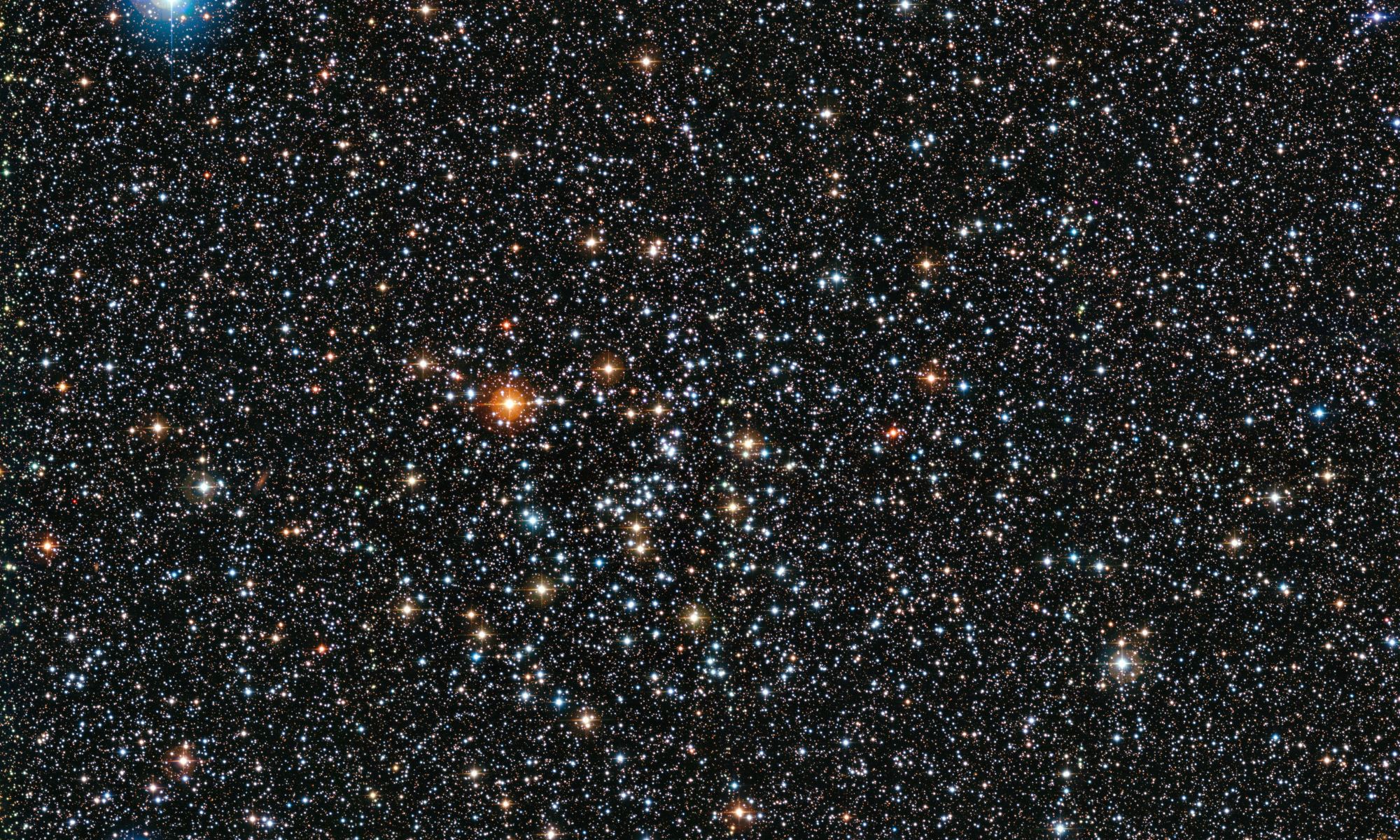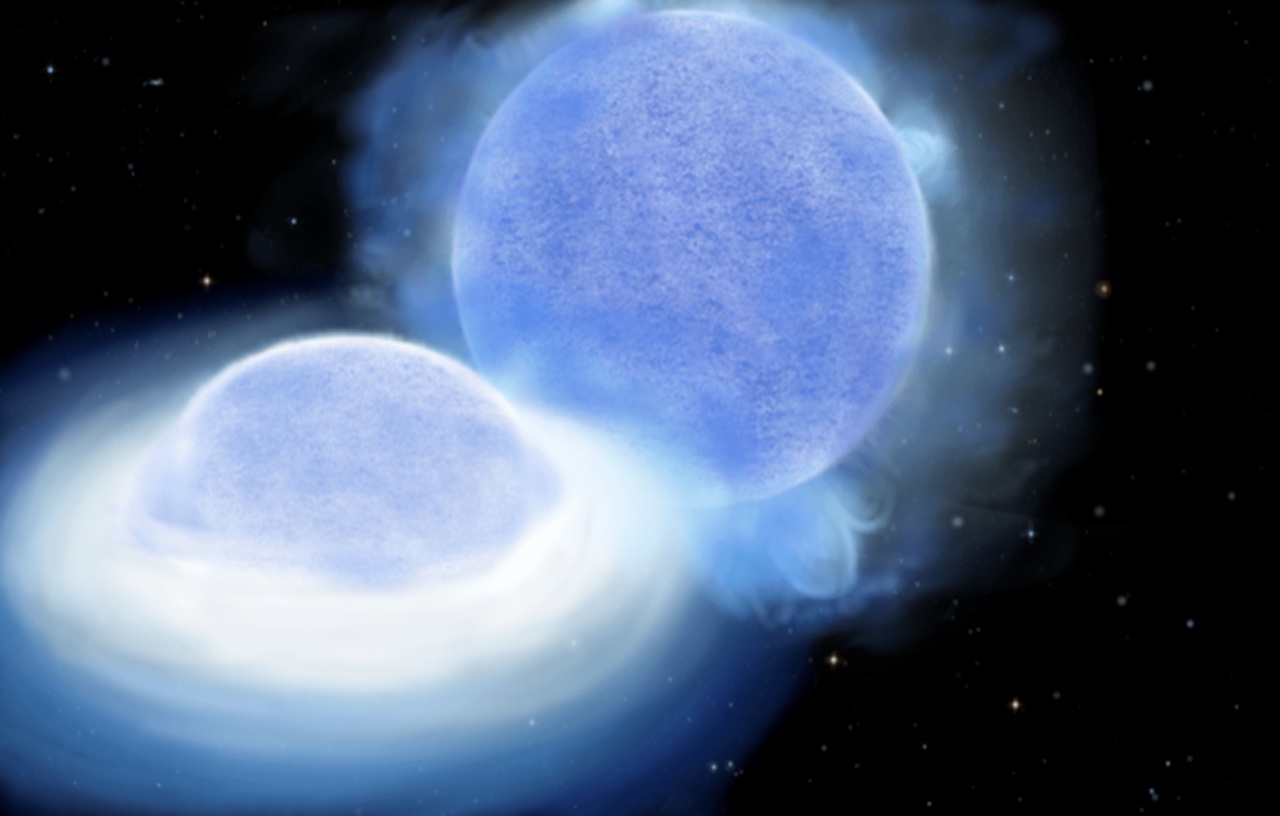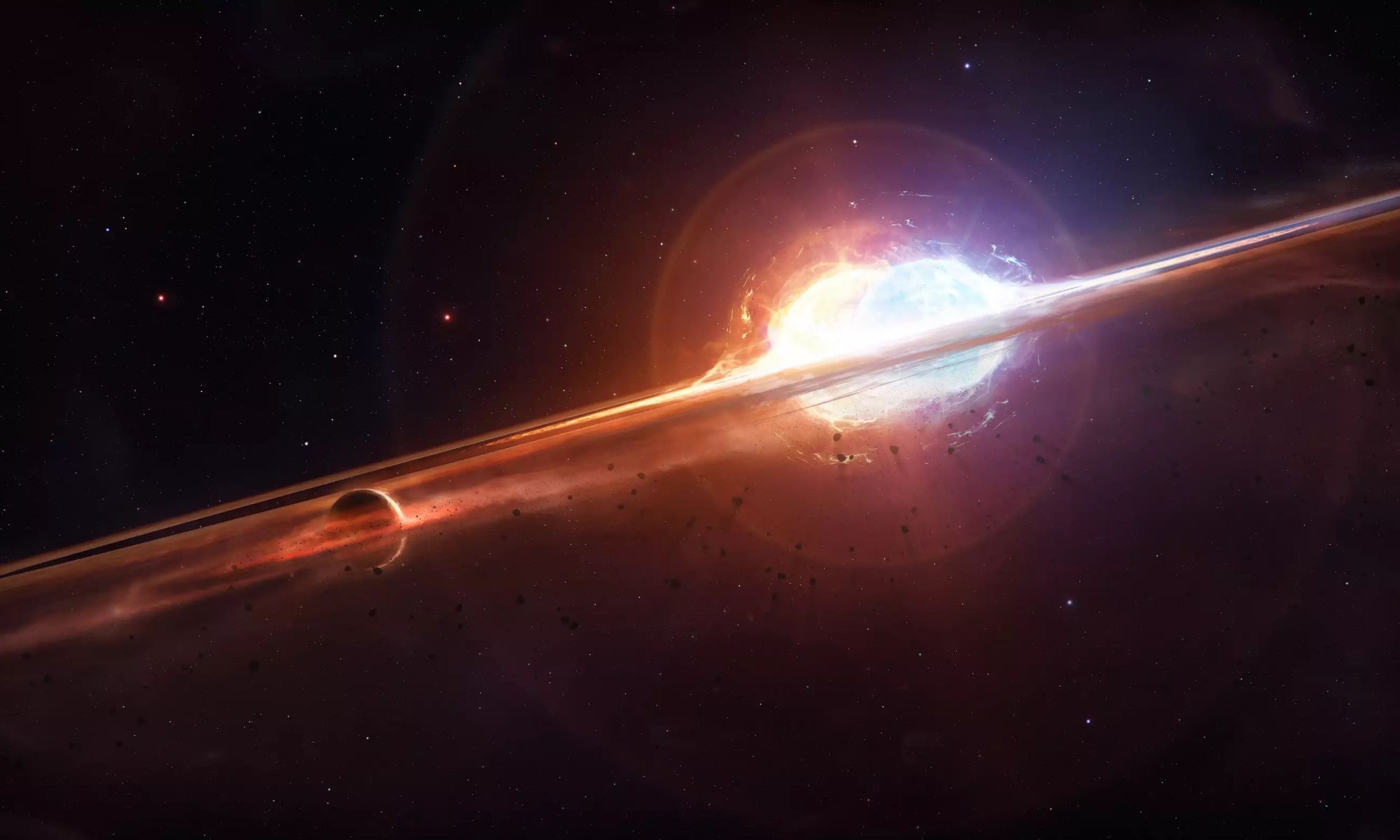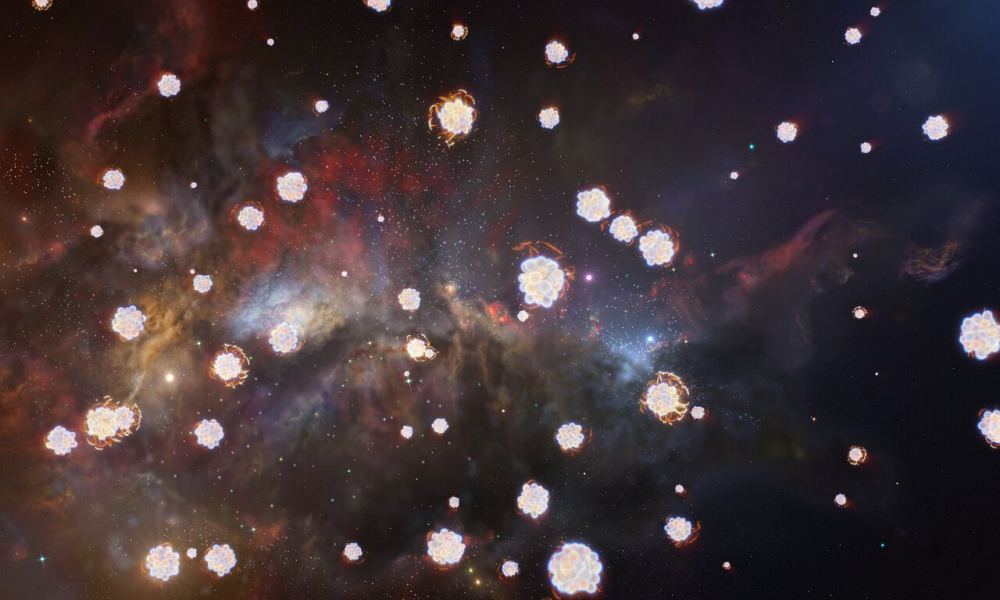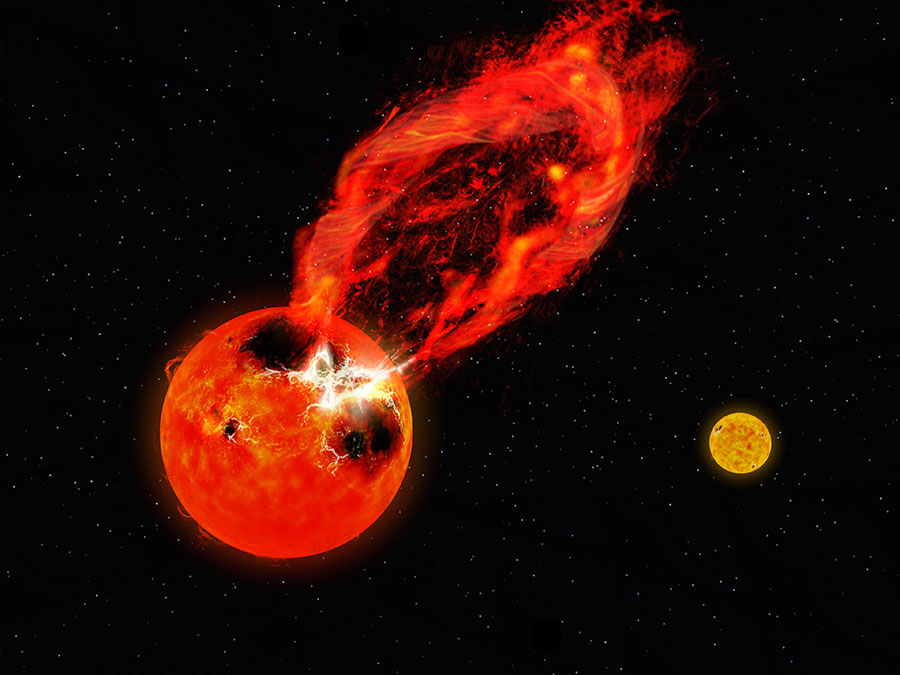The ancient Universe is weird and secretive. Scientists have made laudable progress in uncovering more and more information on how the Universe began and what conditions were like all those billions of years ago. Powerful infrared telescopes, especially the ground-breaking James Webb Space Telescope, have let astronomers study the ancient light from the early Universe and remove some of the secrecy.
One of the mysteries astronomers want to untangle concerns star formation. Has it changed much since the Universe’s early days?
Continue reading “Star Factories Haven’t Changed Much Over the Entire Age of the Universe”

